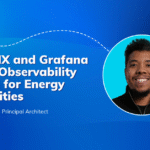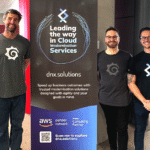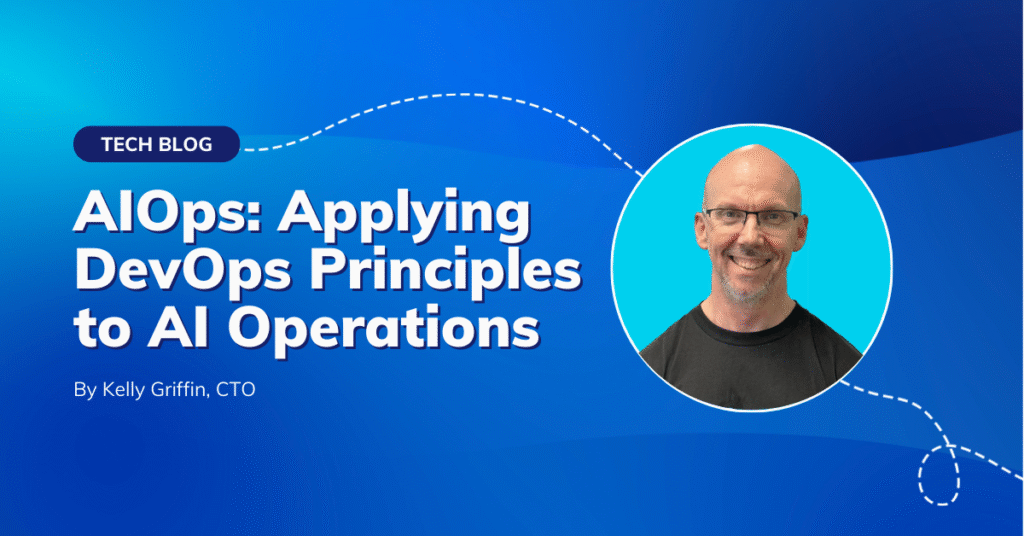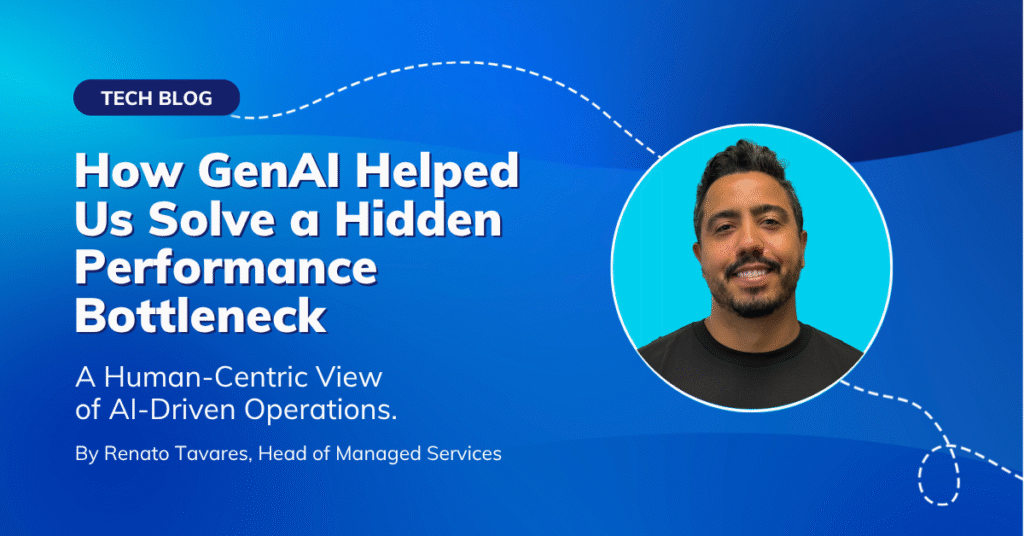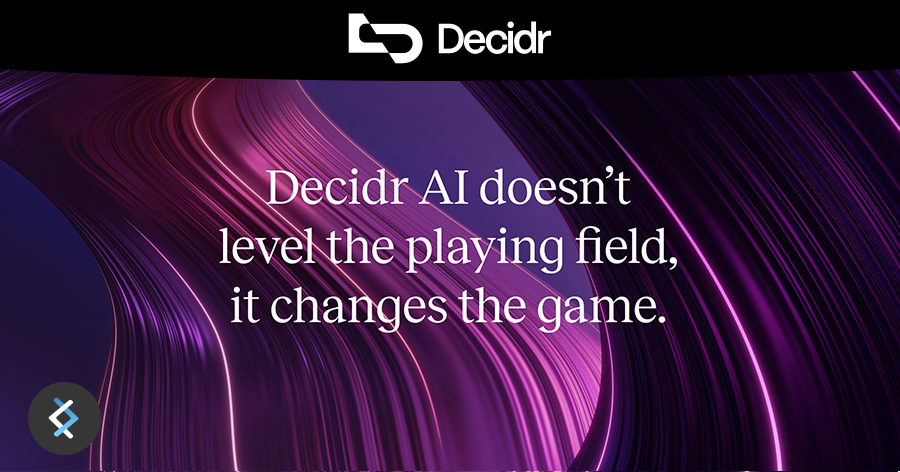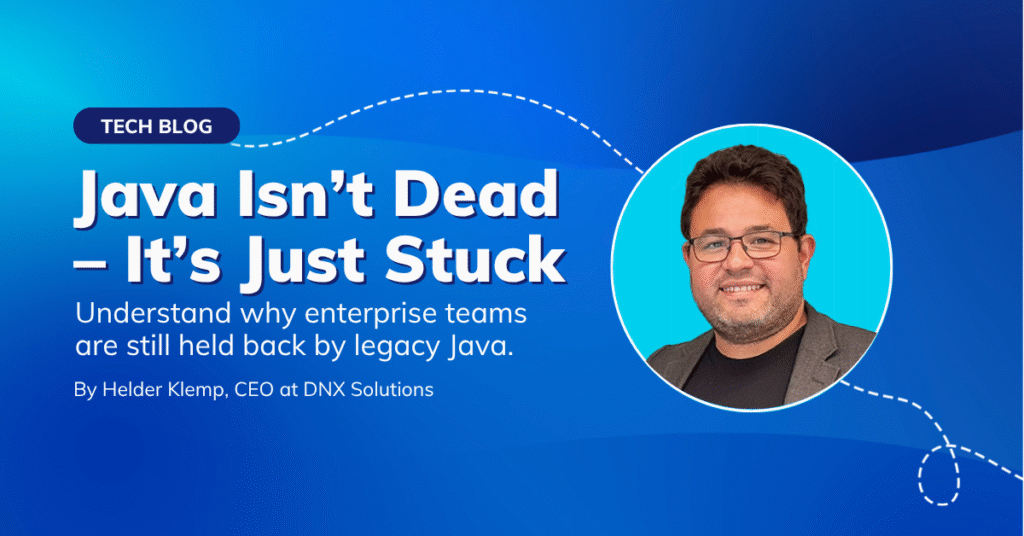
Chatbots are evolving beyond simple query tools. Generative AI now allows businesses to interact with customers in real time, offering personalised responses. But how did we reach this point? What does it mean for your business? And how do you make it relevant for your organisation and leaders?
Generative AI Chatbots: Beyond Customer Service
Using a Generative AI chatbot boosts customer service and transforms business operations. These AI agents handle common questions and simple issues, freeing up human teams for more complex and strategic tasks. As a result, productivity and team morale improve, leading to greater efficiency.
Customers also enjoy a better experience. AI agents offer quick, accurate, and personalised responses. There’s no more waiting or searching through old FAQs, leading to increased satisfaction, trust, and loyalty. Chatbots use your Knowledge Base for answers, ensuring consistency and reliability – building credibility and enhancing your brand.
In summary, Generative AI improves workflows and elevates the customer experience. It makes your business appear efficient, innovative, and focused on customers.
Chatbots: From Simple to Smart with AWS
Let’s explore the evolution of chatbots and how Amazon Web Services (AWS) helps companies use their own Knowledge Bases, which allow chatbots to tap into a trusted, secure repository of information (e.g., product manuals, policy guidelines, or internal FAQs) tailored to your specific processes and customer needs. By using this approach, companies can build smarter, more adaptive AI agents that enhance both customer experience and operational efficiency.
1. Basic Chatbots: Simple but Useful
Early chatbots answered simple questions. They used rules to respond and were good for basic inquiries. But, they struggled with complex questions. These bots relied heavily on predefined responses, which meant that if a user didn’t phrase their question just right, the bot often couldn’t help.
2. Conversational Agents: A Step Forward
With machine learning, chatbots became smarter. Now, conversational agents understood context and responded more naturally. They could follow customer intent across chats, making interactions smoother. However, setting these up was challenging. Businesses had to define intents, phrases, and conversation flows. Regular updates were needed to keep responses accurate.
3. Generative AI Agents: The Future is Now
Today, Generative AI chatbots are the most advanced, creating responses on the spot, using vast data . By tapping into your company’s Knowledge Base, Generative AI chatbots provide personalised, accurate information instantly, leading to more natural, engaging conversations.
How AWS Brings AI to Life
AWS makes it easier for businesses to build these advanced AI-driven chatbots with two powerful tools: Amazon Lex and Amazon Bedrock.
- Amazon Lex: Launched in 2017, Lex has grown from simple chatbots to advanced ones that understand natural language in real-time. Now, when combined with Amazon Bedrock, it offers personalised responses drawing from your internal Knowledge Bases.
- Amazon Bedrock: Bedrock enhances chatbots with access to top foundation models. It allows the use of large language models for human-like responses. With data from your Knowledge Base, Bedrock ensures relevant answers. It can also handle large amounts of unstructured data, making searches quick and efficient. This ensures precise, context-rich responses, improving customer experience.
Demo: Get a Taste of Bedrock + Lex in Action
To give you a quick taste of how powerful the combination of Amazon Lex and Bedrock can be, we’ve put together a demo that showcases their capabilities. In this short demo, you’ll see how our AI-driven chatbot pulls real-time information directly from DNX Solutions’ website, which we’ve used as a Knowledge Base. We ran a web crawler on our website, allowing Bedrock to access and index relevant data.
The chatbot is built using Amazon Lex, which manages the conversation, while Amazon Bedrock retrieves the most up-to-date information from our website’s Knowledge Base. This ensures accurate, timely answers to customer queries.
Here’s how it works:
-
- Step 1: A user types a question about DataLabs (for example, “What is Data Labs?”, or “What is the timeframe?”).
- Step 2: The chatbot, powered by Lex, processes the question and connects to Bedrock to search the Knowledge Base, which includes data indexed from our website via the web crawler.
- Step 3: The chatbot instantly generates a personalised, accurate response, pulling directly from our website’s latest data.
Take a look at the image and the short video below to see the chatbot in action:

Data source for gen AI chatbot
This quick demo offers a glimpse of how seamless customer interactions can be when you pair Amazon Lex with Bedrock. Imagine you’re a company with a large product catalogue, customers often have detailed questions about specifications, availability, or pricing. With a chatbot like this, your customers could instantly get answers by asking something like, “What’s the difference between Product A and Product B?” The chatbot, using Bedrock and your Knowledge Base, would pull up the relevant product data in real-time, allowing your sales team to focus on more strategic tasks while ensuring customers receive fast, accurate information.
But remember: Good Data = Good GenAI. The quality of a chatbot’s answers is directly tied to the quality of the data it’s built on.
This is why having a solid, unified data platform is the critical first step in your data journey. We’ll explore how to build this essential foundation in a future post. Or, if you’re eager to start now, you can also explore it with us through DataLabs.
Securing Generative AI: Adapting to New Security Challenges
As businesses adopt Generative AI, they must address unique security challenges. These challenges go beyond traditional safeguards applied to data-driven applications. In addition to core principles like data protection and identity management, businesses face specific risks, including:
-
- Data privacy concerns
- Potential biases in AI outputs
- Vulnerabilities such as adversarial attacks that could manipulate AI responses
To help organisations manage these risks, DNX uses the AWS Generative AI Security Scoping Matrix. This framework guides businesses in identifying the security requirements for their AI solutions.
The matrix helps define necessary controls based on the scope of the AI deployment, whether using pre-trained models or building custom AI models. Key areas such as governance, compliance, legal considerations, and risk management are covered. This ensures businesses can create secure, compliant AI systems that protect their data and operations. Additionally, the matrix emphasises resilience, enabling companies to maintain uninterrupted AI services even in the face of potential disruptions.
For more details on how this framework works, you can read AWS’s in-depth explanation in their blog post.
In essence, organisations must make security central to their Generative AI strategy. By using the Generative AI Security Scoping Matrix and following cybersecurity best practices, they can deploy AI safely, responsibly, and in line with regulations.
Conclusion: Turning Customer Experience into an Advantage with AI
As customer expectations evolve, businesses must adapt to stay competitive. Generative AI, powered by AWS, empowers companies to create smarter, more responsive chatbots that go beyond answering questions—they transform how you engage with customers, drive operational efficiency, and improve overall satisfaction, all while ensuring data security and compliance are upheld.
Take the Next Step
At DNX Solutions, we are here to guide you through every step of this transformation. From laying the foundation for your data to developing custom AI solutions tailored to your business needs, our team of experts is committed to ensuring your success. Contact us today to take the first step toward unlocking transformative growth for your business.





